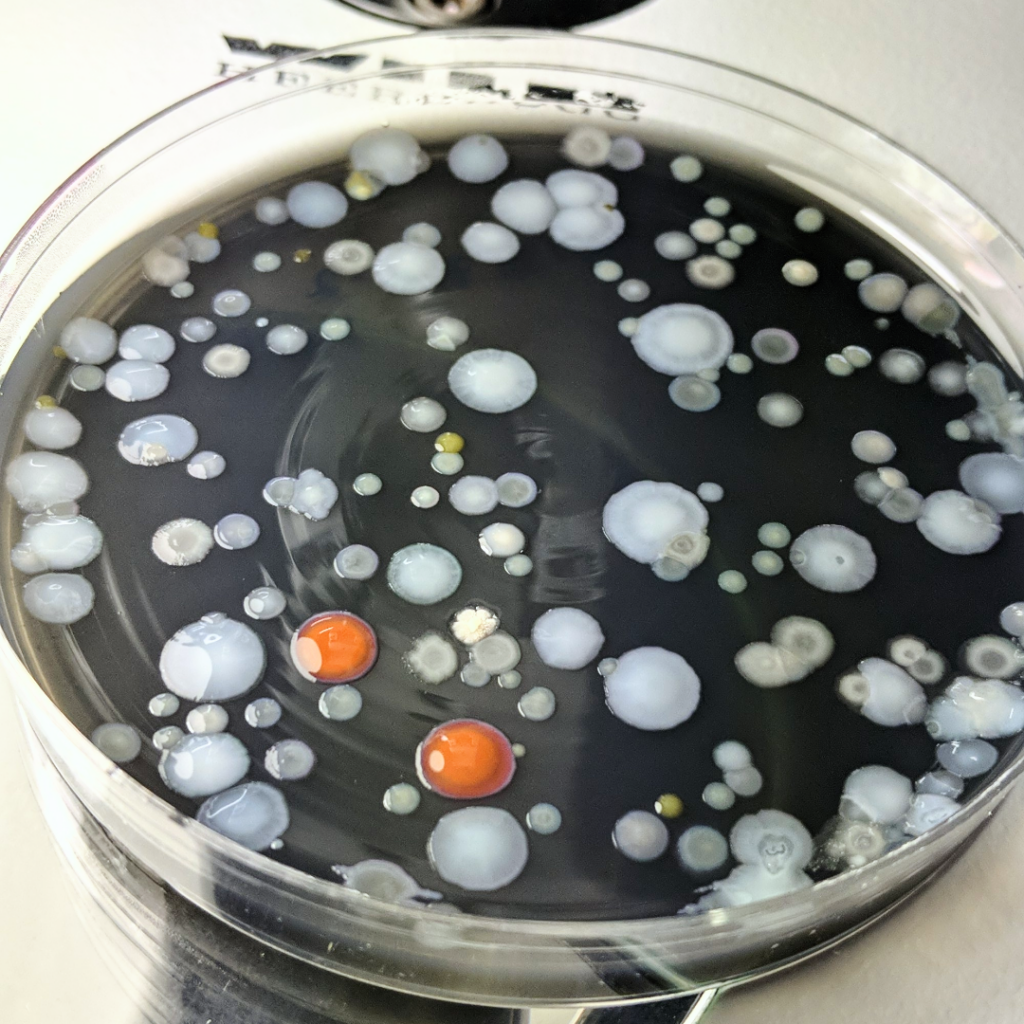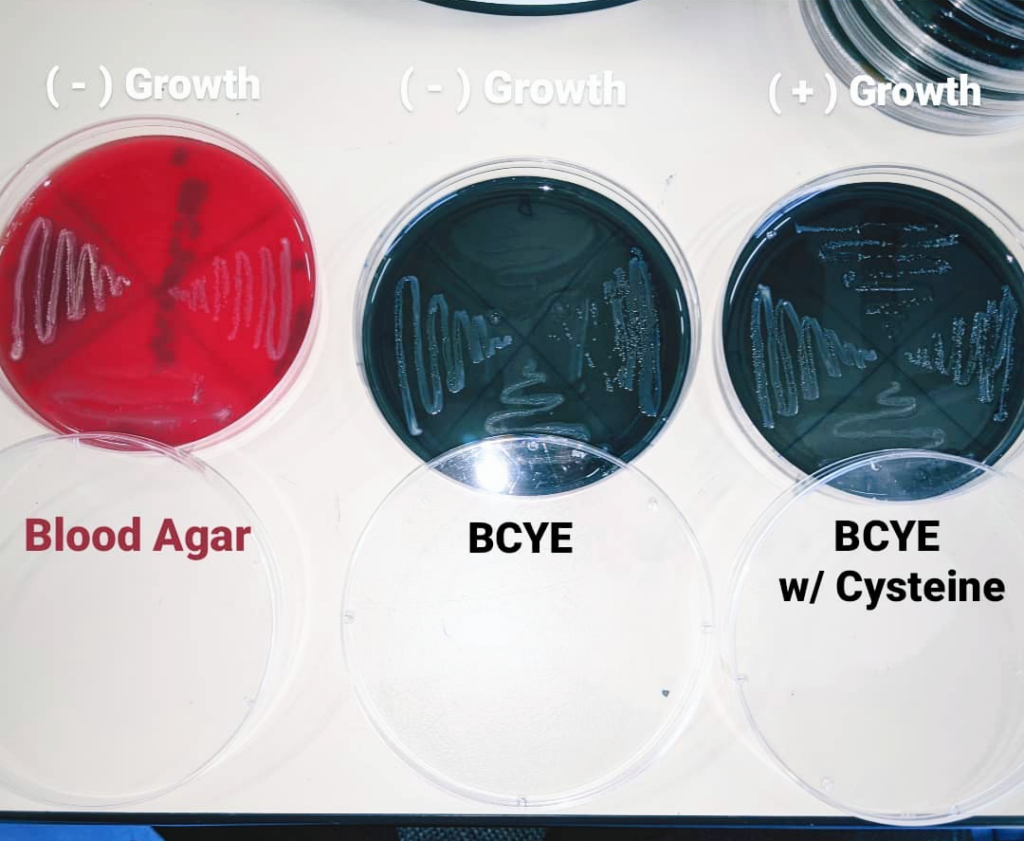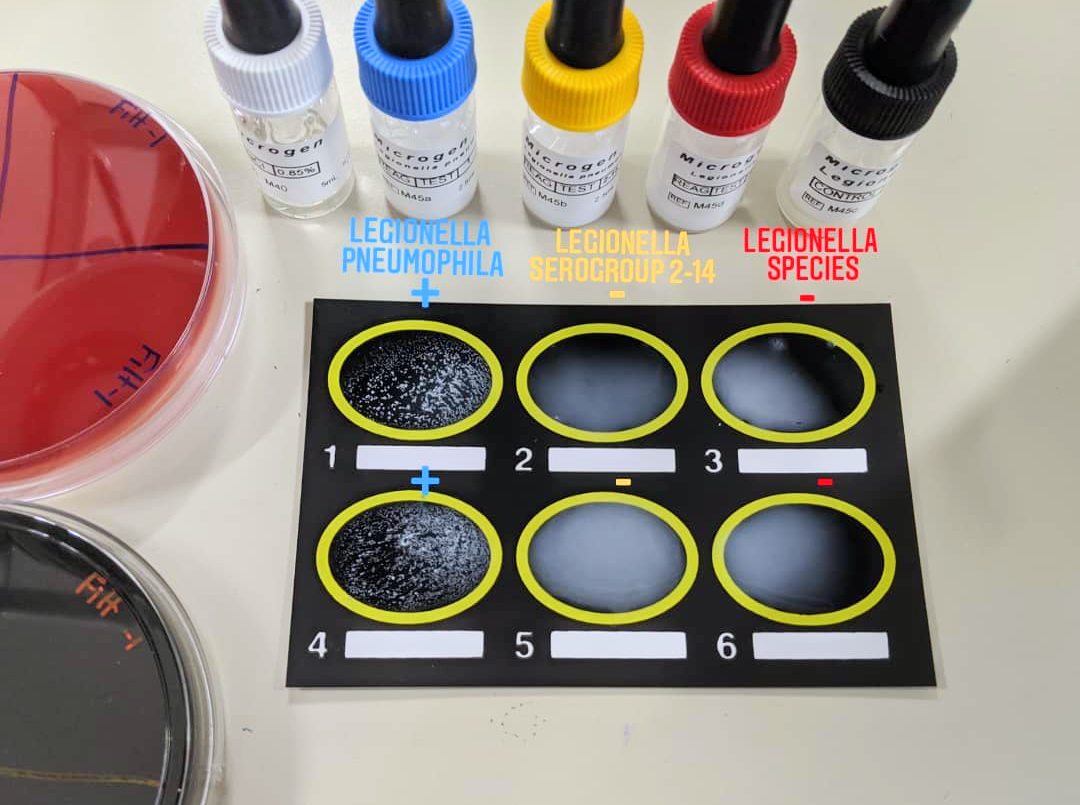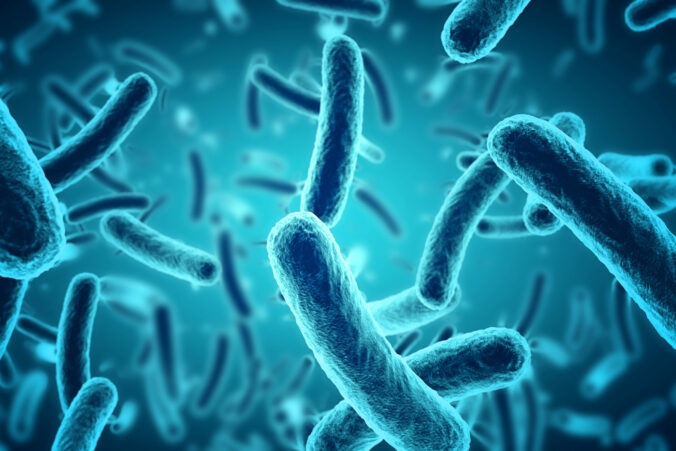Today I’m going to shift focus to a organism that I am specialized in. This bacteria is called Legionella pneumophila, and it’s claim to fame occured in Philadelphia in 1976/77. Hundreds of goers from the Legionnaire Convention fell ill with symptoms of pneumonia, resulting in the deaths of 15% of those people who showed symptoms. The CDC was brought in to investigate and their extensive investigation came up empty. They couldn’t find presence of viral, fungal or bacterial agents in the hotel, and there were no toxins or heavy metals present in the autopsies. The CDC was stumped. Luckily the outbreak seemed to subside, and things returned to normal, but scientists and researchers were reluctant to give up on this mystery disease.
Joseph McDade, a microbiologist who specialized in intracellular bacteria, decided to use a culturing method for intracellular bacteria, a method that is not commonly used. He discovered bacteria growing which wasn’t present before. This bacteria was called Legionella pneumophila.
As a microbiologist, I am specialized in how to culture, identify, serotype and report out cases of Legionella pneumophila. I was a project leader and was responsible for testing Legionella all across the province. It was a fascinating experience and my knowledge in the scientific field grew exponentially. Working with Legionella was definitely not easy. It really allowed me to develop problem solving and critical thinking skills, made me become spatially and organizationally cognisant, and it really made me learn how to be patient.
Legionella cultured on specialized agar called BCYE in an low-oxygen environment presents itself as small, slow-growing colonies that have a slight blue undertone and an appearance of shattered glass.

Legionella species grow very slow, and they require specific conditions in order to grow. One instance of this, is Legionella requires the presence of the amino acid, cysteine, to grow. In the picture below, I had four cultures of suspected Legionella, and only one of the agar plates contained cysteine. The positive Legionella culture was unable to grow on the media without cysteine, leading to me to take further measures to determine whether or not it was truly Legionella.

The next step is to do serology to determine the species of Legionella. This is done through an antibody test. Some of the bacterial colony is scooped up and homogenized with saline, and it is then mixed with antibodies that target proteins on the outside of the bacteria. The antibodies will start to bind to Legionella, clumping them together and eventually precipitating it out of the saline. Here is an example of a positive serology test of Legionella pneumophila!

Next week I’ll return back to agar art!

Leave a Reply
You must be logged in to post a comment.